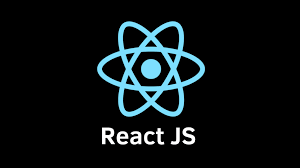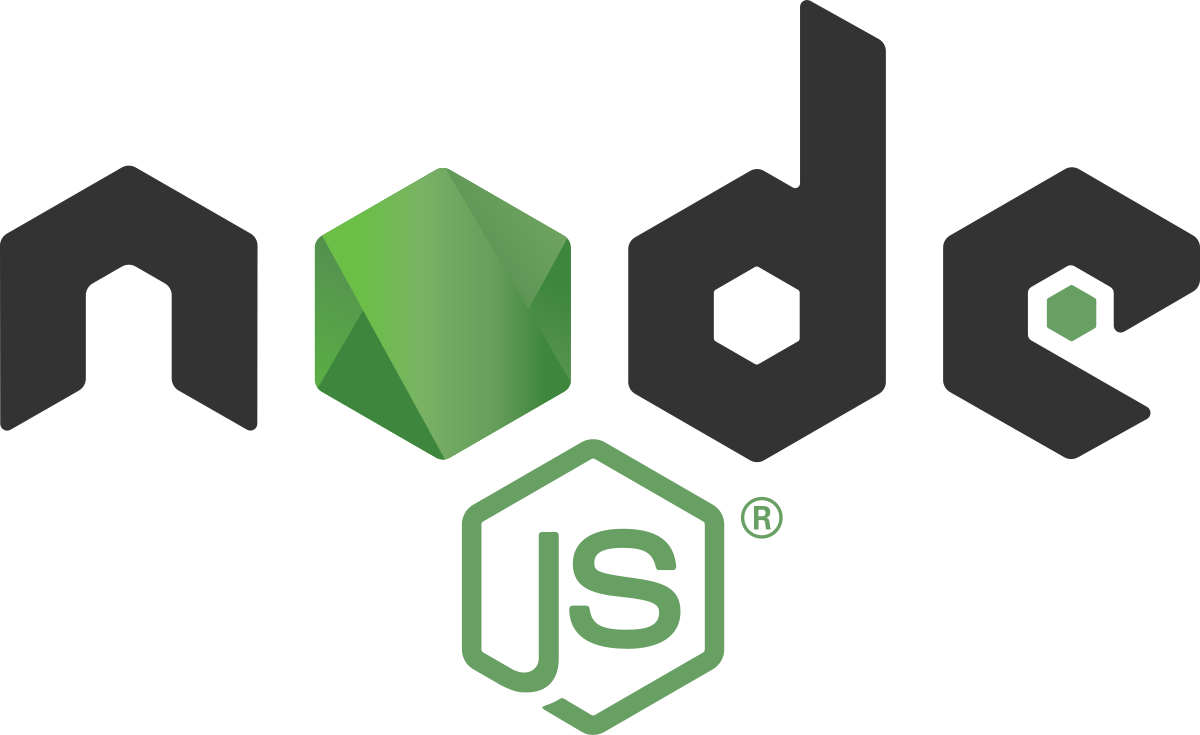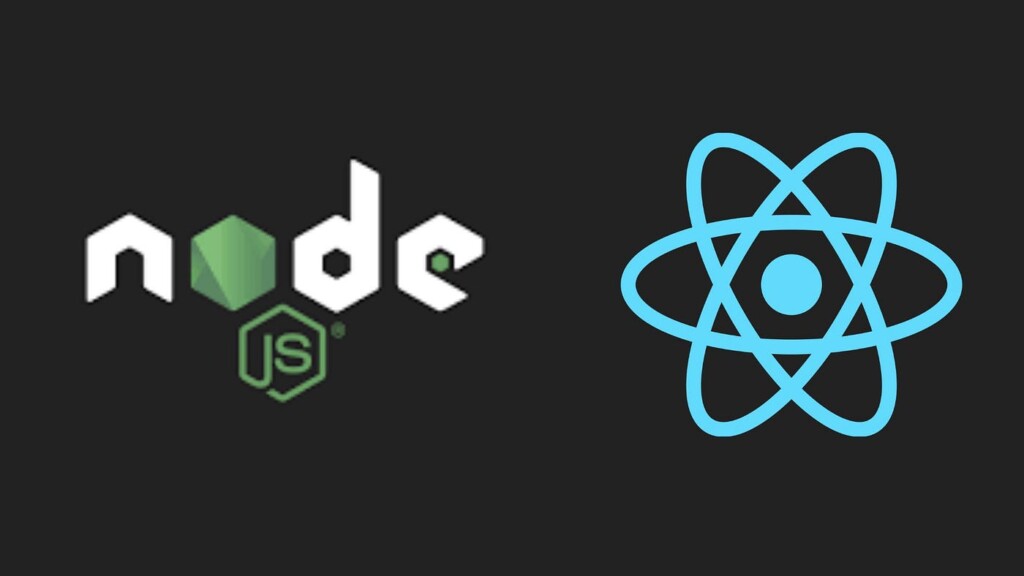In the world of modern web development, two technologies stand out for their efficiency, performance, and ease of use—React.js and Node.js. Together, these tools form a powerful combination that allows developers to create seamless, high-performance, and scalable web applications. Whether you are a beginner or an experienced developer, understanding how to leverage React.js and Node.js is key to building full-stack applications efficiently.
In this blog, we will explore what React.js and Node.js are, their individual strengths, how they work together in full-stack development, and why they are the go-to choice for developers today.
What is React.js?

React.js, often referred to as React, is a popular open-source JavaScript library for building user interfaces (UIs), primarily for single-page applications. It was developed by Facebook and is now widely used for developing interactive UIs with high performance. React uses a declarative approach to design UIs, which makes it easier to reason about your application and manage its state.
Key Features of React.js:
Component-Based Architecture: React follows a component-based architecture, which means everything in a React application is a component. Each component is a building block of the UI and can be reused across the application. Components are the heart of React and can be functional or class-based.
Virtual DOM: The Virtual DOM is a lightweight representation of the actual DOM. React uses this to optimize rendering. When a change occurs in the state of an application, React updates the Virtual DOM first and compares it with the previous version. It then updates only the changed parts of the real DOM, resulting in faster rendering.
Declarative UI: React allows developers to describe how the UI should look at any given state. With a declarative approach, you can manage state changes efficiently and React will handle the rendering process automatically.
Unidirectional Data Flow: React enforces a unidirectional data flow, meaning data flows in one direction, from parent components to child components. This simplifies debugging and enhances the predictability of an application.
JSX (JavaScript XML): JSX is a syntax extension for JavaScript that looks similar to HTML. It allows developers to write HTML-like code within JavaScript, making the development process faster and more intuitive.
React Hooks: React Hooks, introduced in React 16.8, allow functional components to manage state and side effects, making functional components as powerful as class components.
What is Node.js?

Node.js is an open-source, cross-platform JavaScript runtime environment that allows you to run JavaScript code server-side. Unlike traditional web development, where JavaScript is used only in the browser, Node.js enables developers to use JavaScript for server-side programming. This has made it an extremely popular choice for building scalable and fast web applications.
Node.js is built on the V8 JavaScript engine, which is the same engine that powers Google Chrome, and it uses an event-driven, non-blocking I/O model that makes it lightweight and efficient. This model is ideal for applications that require real-time communication, such as chat applications, online games, and live data feeds.
Key Features of Node.js:
- Event-Driven and Non-Blocking I/O: Node.js uses an asynchronous, event-driven model that allows it to handle multiple requests concurrently. This means that Node.js doesn’t block execution while waiting for I/O operations like reading from a database or making API calls. This model makes Node.js highly scalable and suitable for building real-time applications.
- Single Programming Language: With Node.js, developers can write both the server-side and client-side code using JavaScript. This reduces the need for learning different languages for front-end and back-end development, making the development process more streamlined.
- Rich Ecosystem and NPM: Node.js has a vast ecosystem of libraries and tools that can be installed using the Node Package Manager (NPM). NPM is the largest package registry in the world, offering millions of packages that simplify various development tasks such as authentication, database management, and routing.
- Cross-Platform: Node.js is cross-platform, meaning it can be run on various operating systems like Windows, macOS, and Linux, making it highly versatile for developers working across different environments.
- Fast and Scalable: Node.js is designed for building scalable applications. Its non-blocking, event-driven architecture makes it ideal for applications that handle a large number of simultaneous requests.
How React.js and Node.js Work Together in Full-Stack Development
While React.js is typically used to build the front-end of an application and Node.js is used to handle the back-end, these technologies work seamlessly together to create full-stack applications. Here’s how they complement each other:
- React.js for the Front-End (Client-Side): React handles the user interface and user experience. It ensures that the application is interactive, responsive, and dynamic. React can fetch data from the server (Node.js) via APIs (usually RESTful APIs or GraphQL) and display the data on the front-end. The component-based architecture of React ensures that the UI is modular and maintainable.
- Node.js for the Back-End (Server-Side): Node.js, with frameworks like Express.js, can manage server-side logic, handle API requests, connect to databases, and send responses to the client-side React application. The event-driven nature of Node.js makes it especially well-suited for handling multiple client requests efficiently.
- Unified Language: With both the front-end (React.js) and back-end (Node.js) written in JavaScript, developers can write both sides of the application using a single programming language, making development faster and easier. The shared language also improves collaboration between front-end and back-end developers.
- Real-Time Data Handling: Both React and Node.js are excellent for handling real-time applications. Node.js allows for the real-time exchange of data via WebSockets, while React provides an efficient way to dynamically update the UI in response to real-time changes, creating a seamless user experience.
- API Integration: React communicates with the back-end through APIs, which are typically built with Node.js. The back-end can send data in JSON format, and React can use that data to update the UI. This client-server interaction is fundamental to modern web applications.
Why Use React.js and Node.js Together?
- Performance: React’s Virtual DOM and Node.js’s non-blocking I/O architecture make this combination highly efficient. React’s approach to rendering minimizes unnecessary updates to the UI, while Node.js handles server requests efficiently without blocking execution.
- Scalability: Both React and Node.js are designed to scale. React’s component-based structure makes it easy to build large applications, while Node.js’s event-driven nature allows it to handle many concurrent connections, making it ideal for high-traffic applications.
- Developer Productivity: Since both React and Node.js use JavaScript, developers can focus on mastering a single language, increasing productivity and reducing the need to switch between languages for front-end and back-end tasks.
- Community Support: React.js and Node.js are both backed by large communities and are frequently updated with new features, bug fixes, and performance improvements. This ensures that developers have access to a wealth of resources, tutorials, and tools.
- Cost-Effective: Building a full-stack application with React and Node.js allows businesses to save time and resources, as developers only need to work with JavaScript for both the front-end and back-end, reducing the need for specialized skills.
Conclusion
React.js and Node.js are a powerful combination for modern web development. React’s efficient rendering and component-based architecture, combined with Node.js’s event-driven, non-blocking I/O, make them an ideal choice for building scalable, high-performance web applications. By using JavaScript for both the front-end and back-end, developers can streamline their development process and build robust, interactive web applications.
Whether you’re building a small project or a large-scale enterprise application, React.js and Node.js are versatile tools that can help you achieve your goals with speed and efficiency. The synergy between the two technologies offers a cohesive development experience, making them the go-to choice for full-stack JavaScript development in today’s web development landscape.
Also check our programming realted articles
How to create your own website for free
What is Maven?
What is PHP?


Pingback: REET 2025 Full Details
Pingback: React JS Includes Multi Condition A Complete Guide
Pingback: Apache Kafka vs Confluent Kafka: A Comprehensive Guide